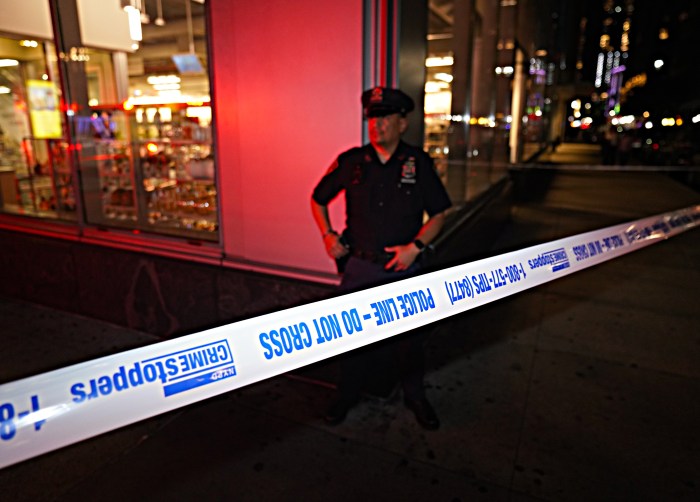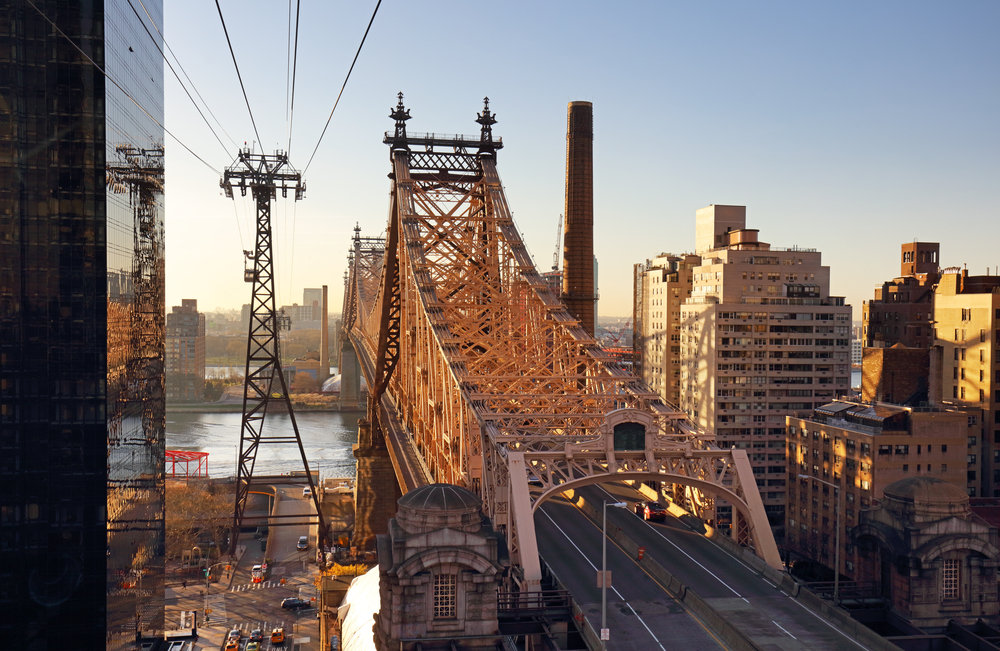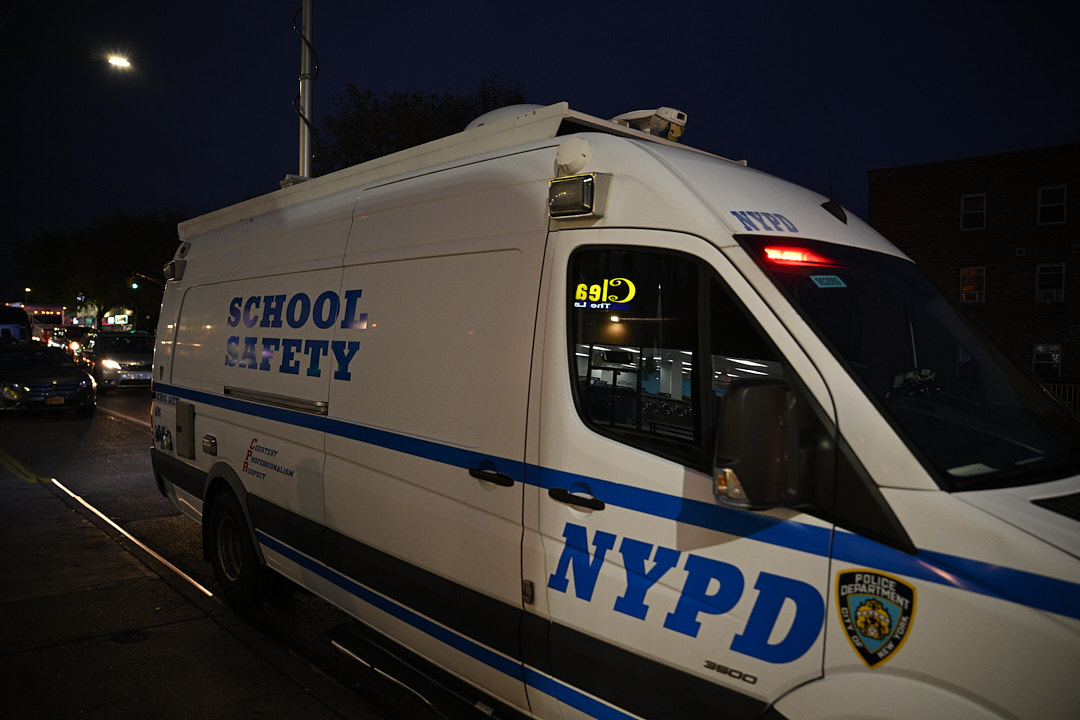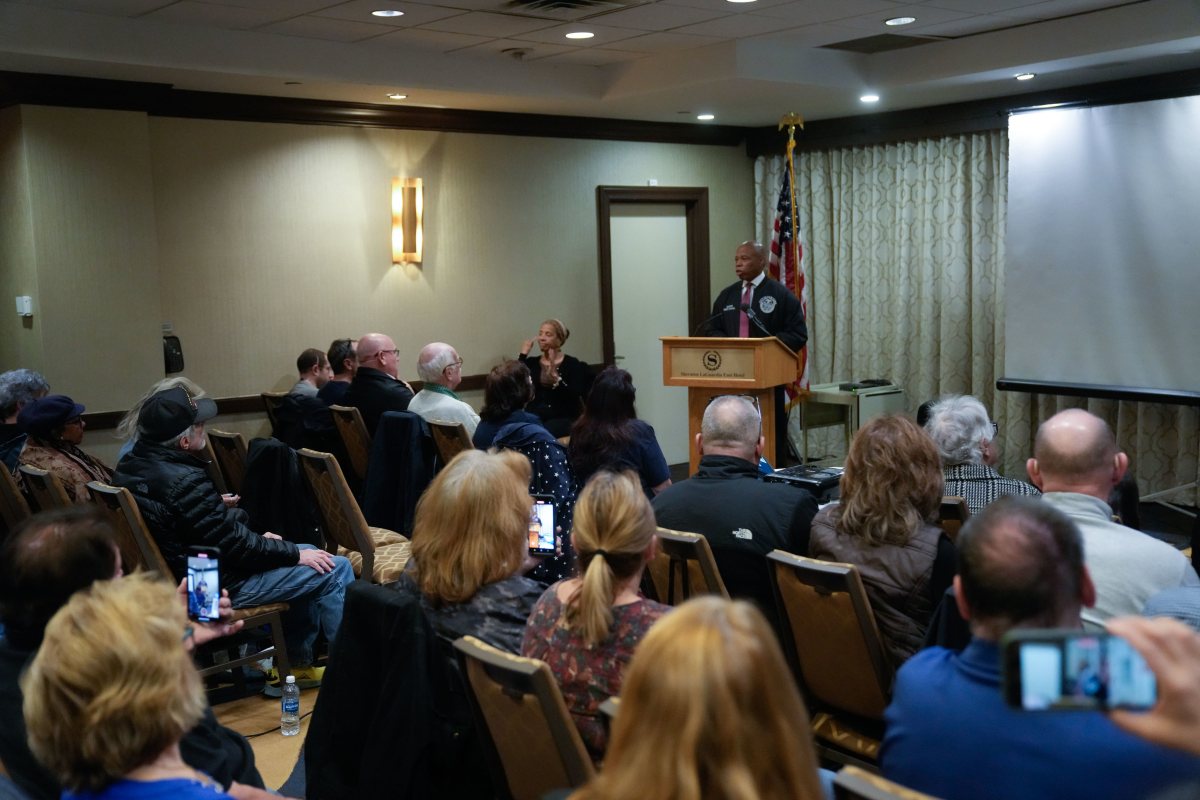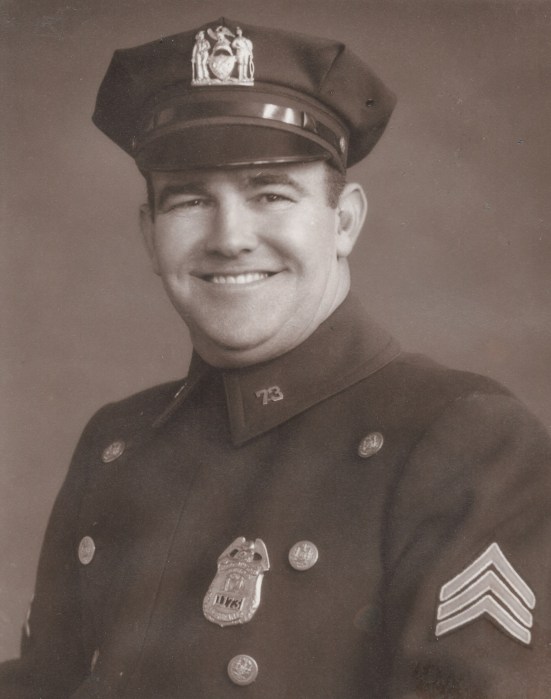
After a $12 million, 29-month renovation, the majestic Rose Reading Room and the Bill Blass Public Catalog room on the third floor of the New York Public Library’s main building is open for researchers, readers, scholars and tourists.
Wednesday was also the debut run of a nifty $2.6 million train conveyor system shuttling research materials from stacks under Bryant Park to the refreshed Rose Reading Room, which has provided a sanctuary of reflection, reading and creation for Robert Caro, Leon Trotsky, Isaac Bashevis Singer, E.L. Doctorow, and other authors.
“It’s fantastic,” pronounced William Wells, 47, a global public health worker from the Lower East Side who planned to research health care delivery systems for the prevention and treatment of tuberculosis under the glowing gold ceiling. During the renovations, Wells used a room on the second floor but “there’s so much more light,” in Rose, an ornate Beaux Arts cavern that spans a football field in length, he noted.
Renovations commenced after a wayward rosette tumbled from the 52-foot tall ceiling in May 2014. “It fell, happily, at 2 a.m. so no one was hurt” noted New York Public Library CEO Tony Marx. “We checked and reinforced every square inch,” to guarantee the ceiling’s safety and strength, Marx said.
One nettlesome aspect of the renovation was “knowing how much to do and what not to do,” observed Eric Hammarberg, associate principal at WJE Engineers & Architects, PC. “There were 10,000 linear feet of cracks in the ceiling and we repaired on the order of one-third. We left two-thirds untouched,” to accommodate the natural expansion and contraction of the building over seasons, Hammarberg said. The Rose Room ceiling mural – restored in the 1990s – was also left alone, though the one in the Bill Blass room was recreated due to damage.
Working on the iconic room reminded Hammarberg of why he loves restoring august, important structures from the past. (The library was hailed as “the splendid temple of the mind” by the New York Herald when it opened in 1911.)
“You get to see how real masterpieces are put together. . . You get up close (to the ceiling) and realize there is no way to appreciate the insane color palette and the blending of colors,” made to be seen from more than 50 feet below. The beams and plasterwork on the ceiling, Hammarberg noted, compose a topography that varies by as much as eight feet.
Marx pronounced the library “the foundation stone of a learned and civil society” and noted that “we have spared no expense to make sure we are the best possible stewards of this incredible room.”
Yes, some people ask about the economic sense of spending so much on such a space, Marx acknowledged. But “I don’t care about the economic sense,” he said. Rather, Marx continued, he cared about “our commitment to the ages,” and about preserving a place where “all should come, learn, read, be together and create.”



